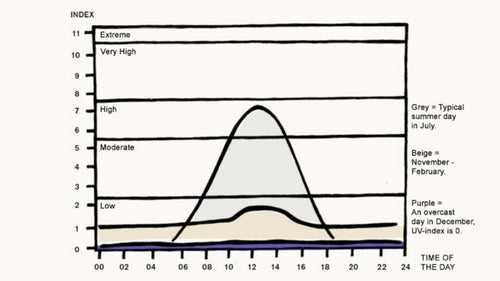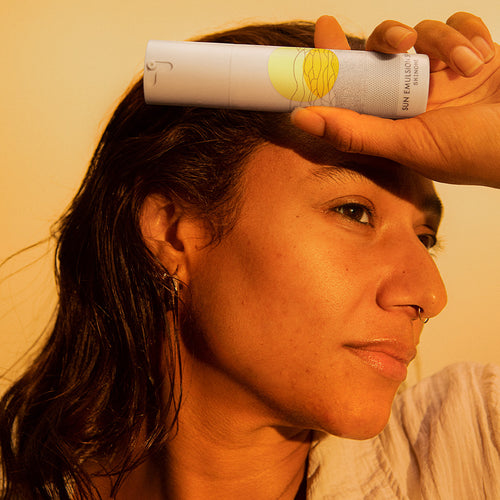Organic filters
Most UV filters that are approved and used in sunscreens are organic filters. These are substances that are soluble in the product's oils or water and that mainly absorb the UV rays. Many prefer products with organic filters as they do not contribute to a white film upon application and provide a more pleasant product to use.
The higher the SPF, the more UV filters and higher concentrations must be used to get the intended effect. The higher concentrations mean that products with higher SPF often feel a little more greasy or sticky to apply than products with lower SPF.
There are many different organic filters in use and they have slightly different properties. Unfortunately, some organic UV filters can cause skin problems and have been linked to endocrine disrupting effects, allergy or instability. Hormone-disrupting substances can affect our body's endocrine (hormonal) system and then risk affecting our development, our immune system or body functions. Mainly, various benzophenones, camphor, salicylate and cinnamate derivatives have been linked to endocrine disrupting effects.
There are several reasons why these filters are still used. They are still legally allowed to be used, even in Europe, and are often found in old products that were produced when these filters were the only ones available. They are cheaper to buy and easy to use when making sunscreen products, a product group that is difficult and expensive to develop. Now that there are more modern and better UV filters, which do not have these properties, we think that you should choose these and that it is unnecessary to take the risk when there are better alternatives.
Some organic filters are also paradoxically sensitive to UV light. This means that they can be broken down in the presence of sunlight which reduces their sun protective properties, it is usually said that they are not photostable. In addition, in some cases, harmful substances can be formed that can cause allergies or other unwanted side effects.
For a consumer, it can be difficult to read and understand the list of ingredients and which filters are used in the product because the filters have complex names. We recommend that you look at the ingredient list on the product to be able to make a good choice of product when it comes to UV filters. In our table, which we link to further down in the article, you will find a summary of all UV filters used within the EU and our recommendations.



















